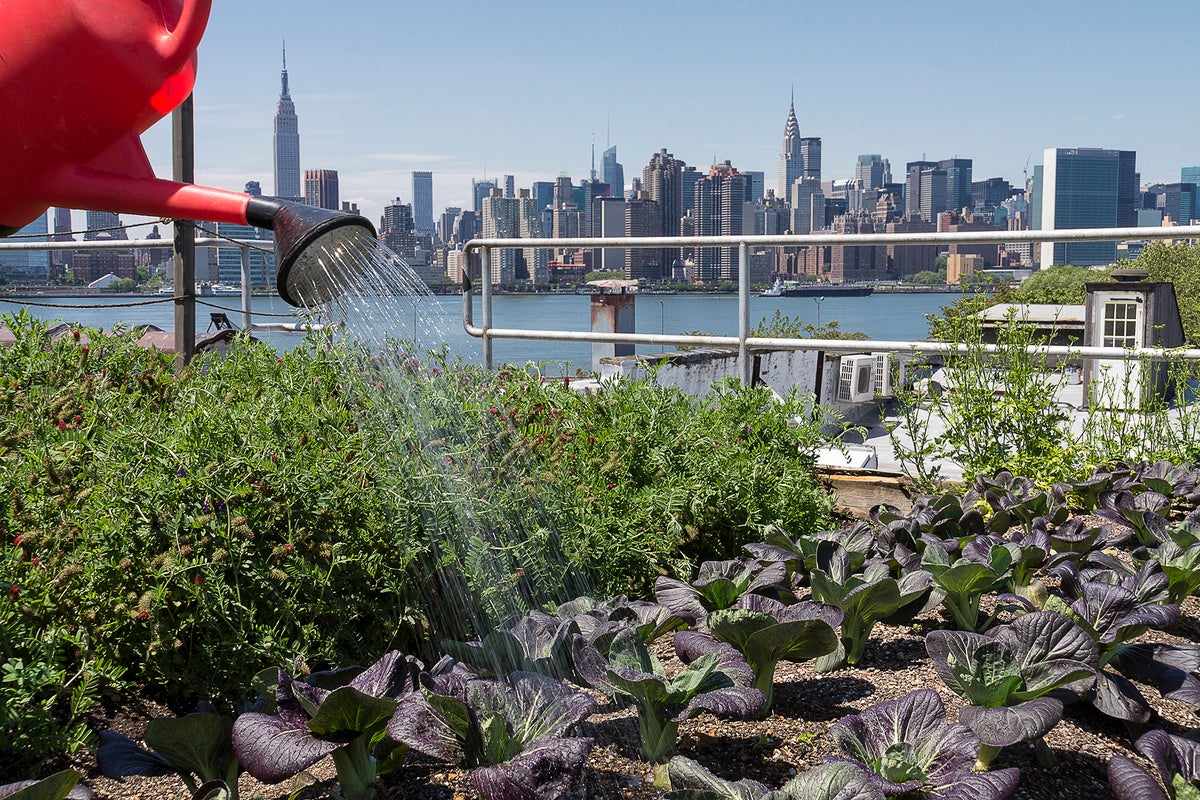Some Known Details About City Blooming
Intrigued in growing food for sale in the City of Chicago? Below is a listing of frequently asked questions concerning the regulations and regulations that farmers must take into consideration when preparing an urban farming job.
The zoning change does not change any type of various other codes dealing with composting, structure authorizations, buying or renting City owned residential property, organization licenses or ecological contamination. There are existing codes that regulate these concerns and they remain completely result and may apply to your project. Area yards are typically owned or handled by public entities, civic organizations or community-based organizations and preserved by volunteers.
Urban farms grow food that is planned to be marketed, either on a not-for-profit or for-profit basis. Due to their commercial function, urban ranches require an organization permit.
What Does City Blooming Do?
The amount of garden compost product can not surpass 25 cubic lawns at any provided time according to the criteria in 7-28-715 of the City's Municipal Code. Due to the fact that the dirt at most brand-new yard websites requires amending, garden compost, soil, timber chips, or other materials can be obtained to build or boost the expanding room.

If a structure permit is needed then the hoophouse will be considered an accessory structure. You can locate out even more concerning the building permit demands by speaking to the Department of Structures. The 25,000-square-foot size restriction is intended to avoid a single area garden from dominating an offered block or interfering with the block's existing household or commercial personality.
The limitation does not apply to gardens situated in Public Open Room (POS) districts. Can there be greater than one neighborhood yard that is 25,000 square feet on a solitary block? Yes. The dimension restriction relates to private gardens, not to private blocks. No. Secure fencing is not called for, however, gardens that have large parking locations might be called for to mount secure fencing or other landscape design functions.
The Buzz on City Blooming
B1 & B2 districts call for that all industrial use tasks be performed indoors. R districts restrict business task. The regulations mirror the objective and intent of the Zoning Code. Is fence needed for metropolitan farms? Yes. Fencings might be needed, together with landscaping and testing, for sure auto parking areas and outdoor job or storage space locations relying on area and the certain activity taking area.
Yes. Urban farms require structure licenses and zoning approvals prior to building and construction. Other types of city review may be called for relying on particular frameworks, tasks, dimension, landscape design, licensing, public health and stormwater administration problems. A number of these demands are identified in the project design or allowing procedure, however, the applicant might be responsible Related Site to separately determine specific licenses or permits that might be called for.
The Division of Company Affairs and Customer Protection can aid figure out the specific type of organization license that's required. Off street vehicle parking is required for a lot of commercial projects in Chicago. The called for number of car park areas is based on the number of workers functioning on site and not the square video of the expanding room.
City Blooming Can Be Fun For Everyone

An urban farm can offer compost product created on website, nevertheless, the operation has to conform with the guidelines in 7-28-715 of the Chicago Municipal Code. Aquaponic systems are permitted inside on city ranches in several zoning areas.
As much as five hives or nests of honey bees may be kept as an accessory use. Beekeepers have to register with the Illinois Department of Agriculture. For more details concerning the proposed zoning change you might get in touch with the Department of Housing and Economic Development, Bureau of Preparation and Zoning at 312.744.8563.
Farming in cities and city locations An urban ranch in Chicago. Urban farming refers to various practices of growing. https://www.easel.ly/browserEasel/14490178, processing, and dispersing food in city areas. The term also puts on the area activities of pet husbandry, aquaculture, beekeeping, and gardening in a city context. Urban agriculture is differentiated from peri-urban agriculture, which takes location in rural locations at the edge of residential areas.
Not known Facts About City Blooming
, who look for to create social networks established on a shared ethos of nature and area holism. These networks can develop by method of formal institutional assistance, ending up being incorporated right into regional town planning as a "transition town" activity for sustainable urban development.
Some of the first proof of metropolitan agriculture comes from Mesopotamia.
Comments on “City Blooming Fundamentals Explained”